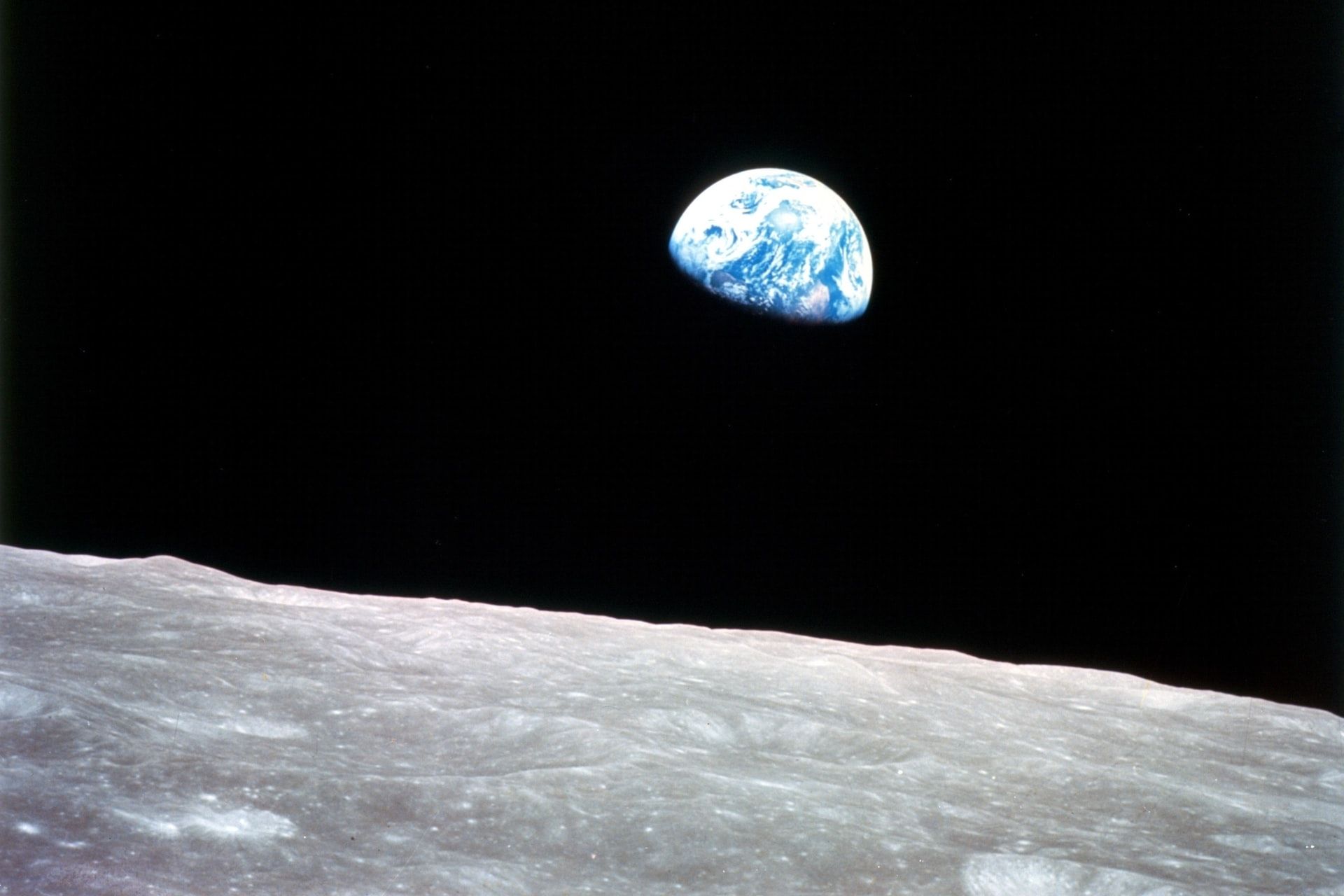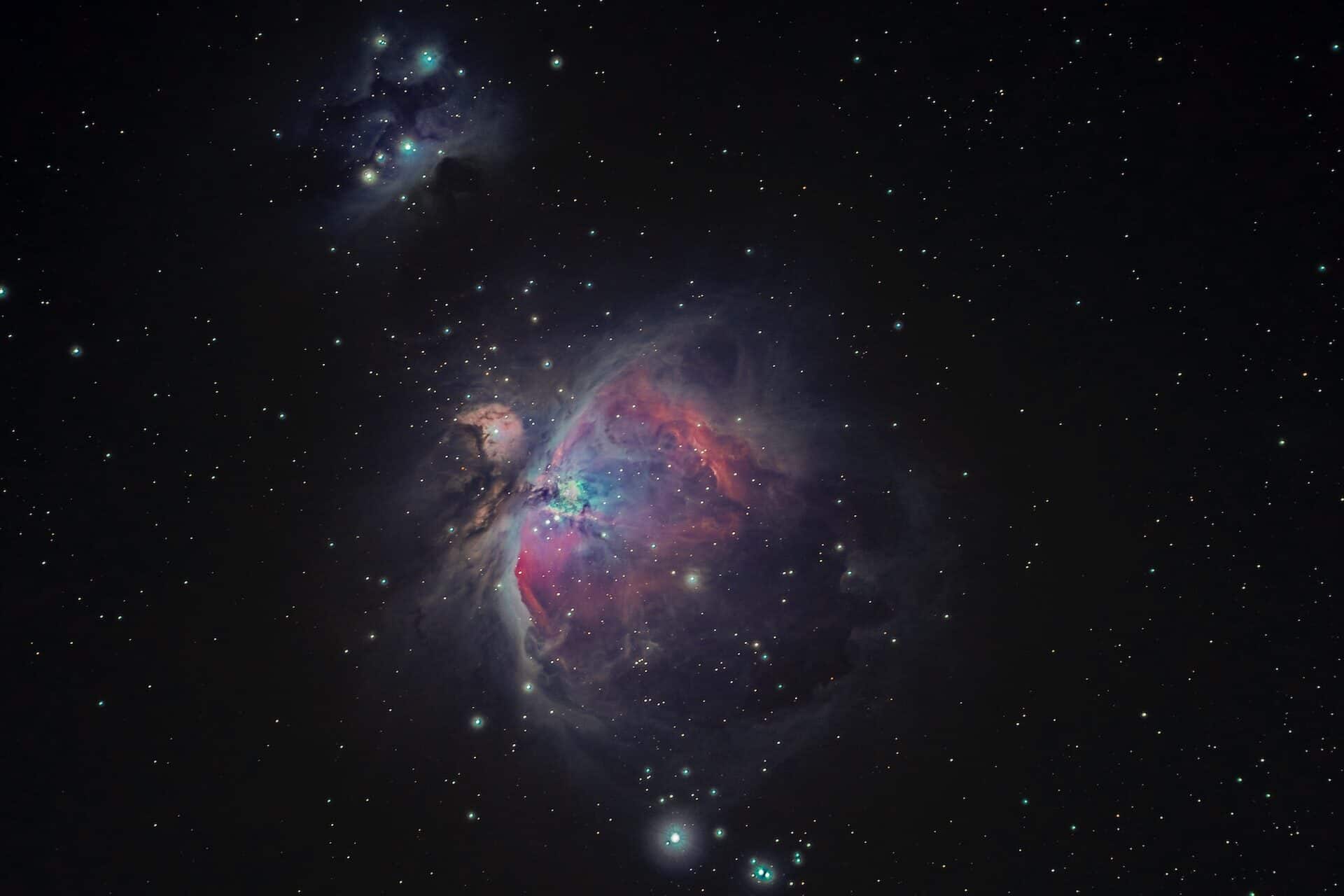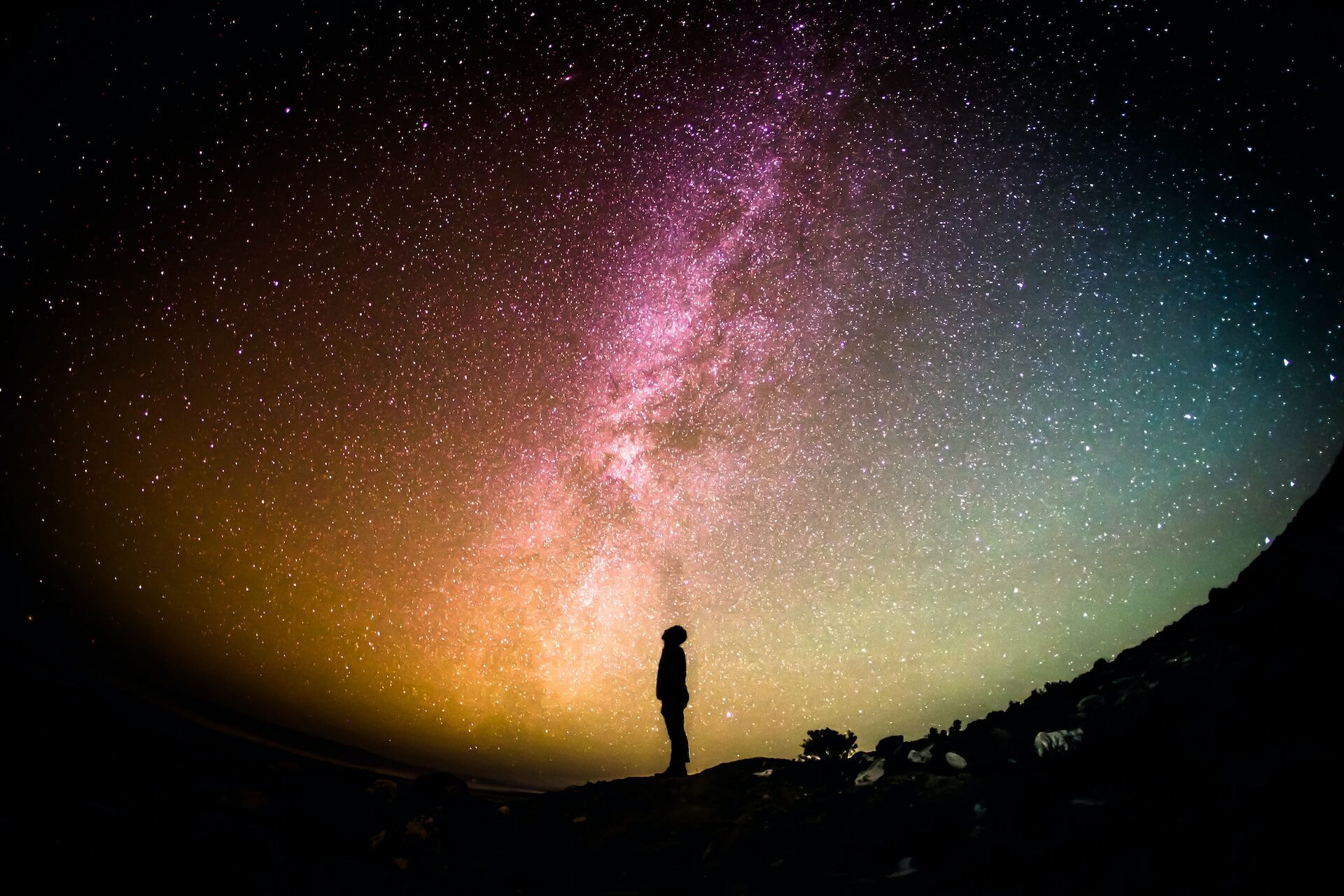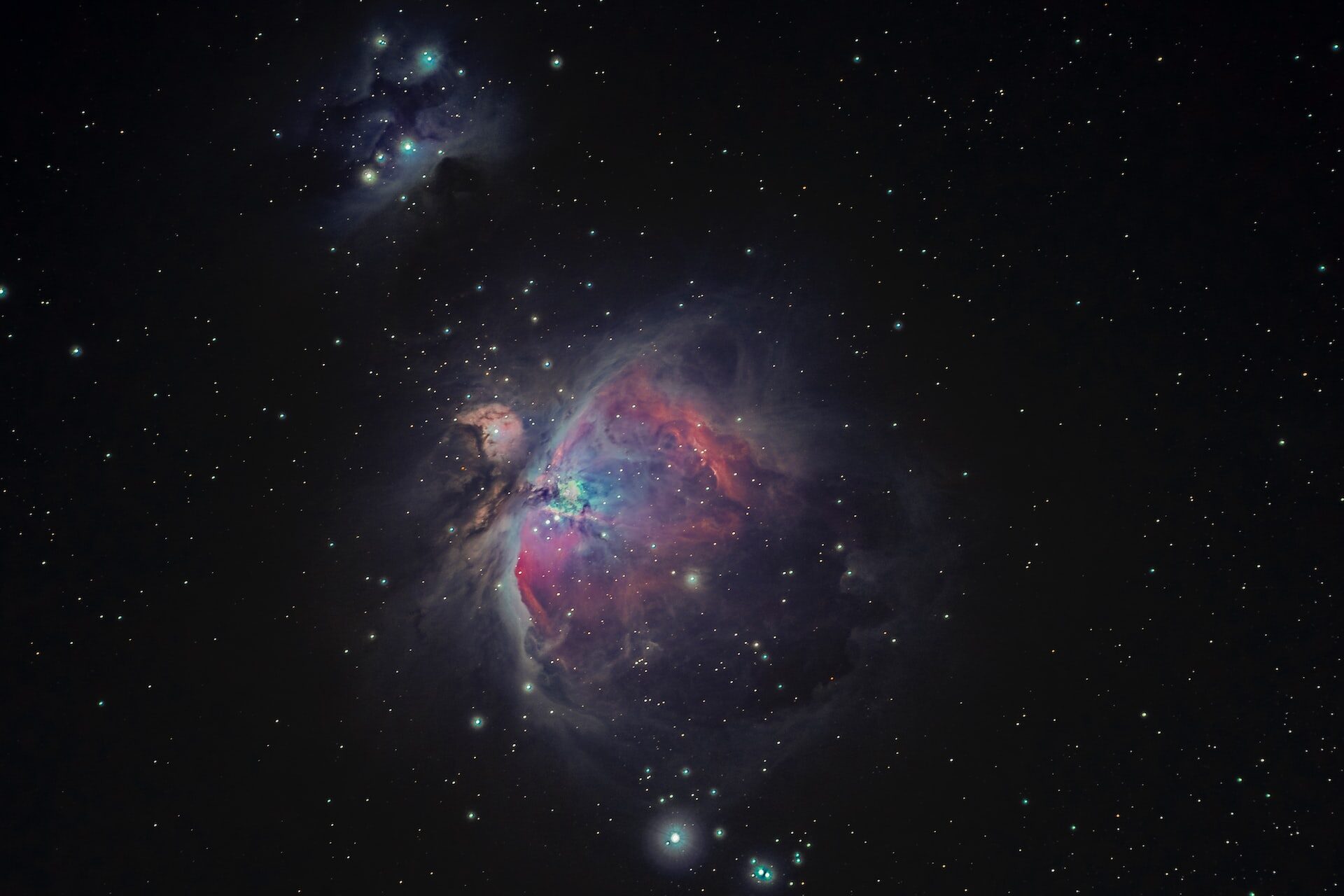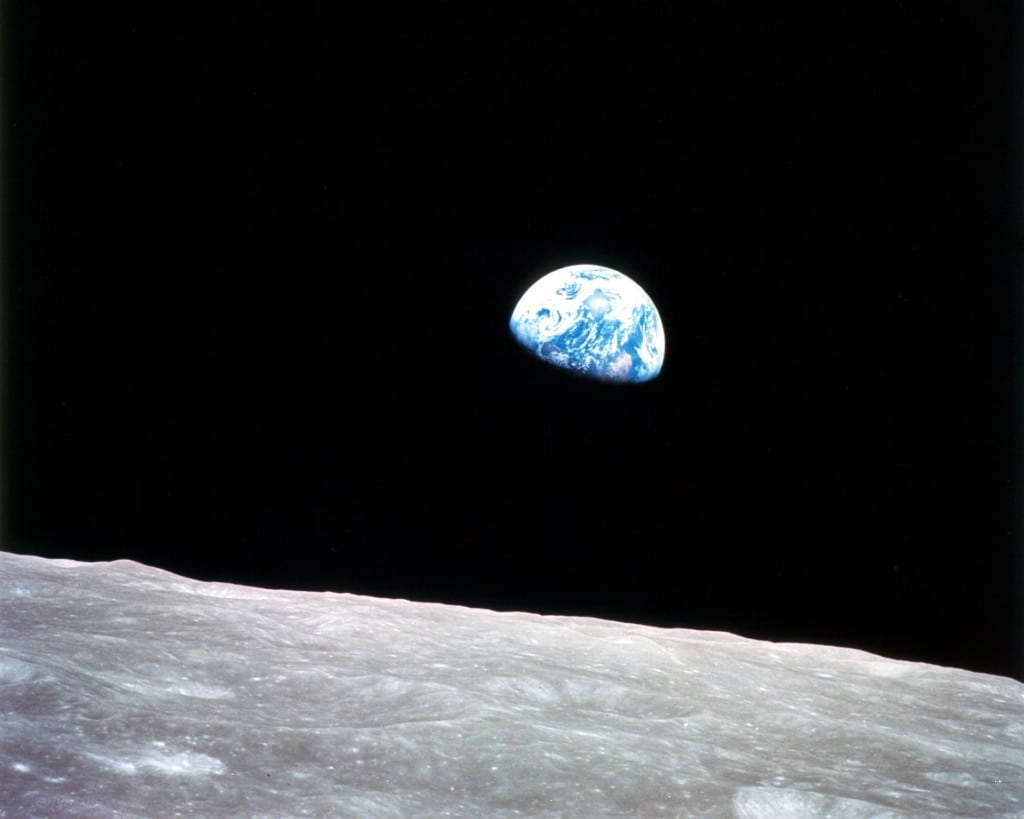
NASA and Nokia Want to Bring 4G to the Moon
August 10, 2021 - Ellie Gabel
Revolutionized is reader-supported. When you buy through links on our site, we may earn an affiliate commision. Learn more here.
It’s been decades since the human race has attempted to put an astronaut on the moon. The last moonwalk was in December 1972, when the astronauts of Apollo 17 explored the lunar surface and brought the largest samples back to Earth.
NASA and the current administration have expressed interest in getting people back to the moon — hopefully by 2024 — but astronauts don’t have to leave behind the comforts of home this time. NASA and Nokia are working together to bring mobile internet — specifically 4G LTE — to the moon.
One Small Step for Artemis
Before bringing cellphones to the moon, scientists need to take all the necessary steps to get astronauts up there — and that’s where the Artemis missions come in.
NASA is working on finishing its Orion space capsule and the massive Space Launch System (SLS). The organization had planned to send an uncrewed mission to orbit the moon sometime in 2020, but delays due to the COVID-19 pandemic pushed that launch attempt back to late 2021. When it’s complete, the SLS will be one of the primary spacecraft that will ferry astronauts — and possibly even commercial passengers in the distant future — to and from the moon and beyond.
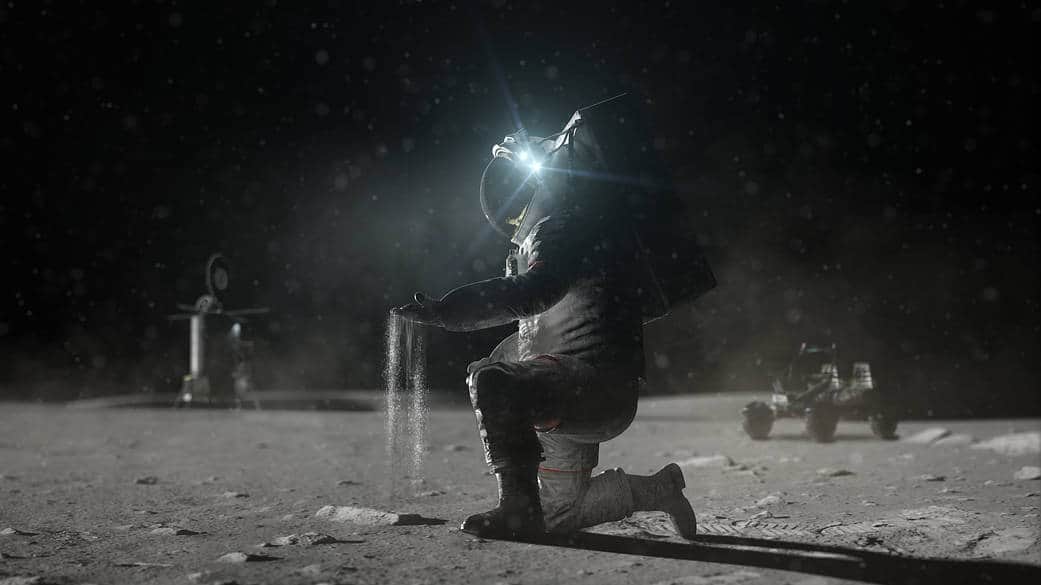
2022 is going to be a big year for NASA and its moon missions. It’s expecting to launch the first of many sections of its planned Gateway lunar space station sometime that year. The Power and Propulsion module will provide the foundation for what will eventually be a permanent base in orbit around the moon. The plan is to get this airborne by 2022, but the delays to Orion and the SLS may push that back even further.
What Does the Future Hold?
Astronauts hope to return to the moon by 2024. In addition to being the first time people have set foot on the lunar surface since 1972, the Artemis missions will carry the first female astronauts to the moon. Beyond the first 2024 mission, the goal is to set up a base in the southern polar region, which will allow astronauts to have a permanent presence there.
Once that’s been accomplished, launching to Mars and other destinations within the solar system will become a lot easier. Doing so from Earth means reaching an escape velocity of 11.2 km/s if leaving the planet’s orbit or 9 km/s if trying to attain a low earth orbit, such as the International Space Station or the Starlink satellite constellation. Rockets only need to achieve an escape velocity of 2.4 km/s to escape the moon’s gravity, saving fuel and reducing strain.
It’s Not Like Making a Phone Call
Right now, E.T. can’t phone home — at least not from the moon. Traditional mobile phones don’t even work on the International Space Station, which is substantially closer to Earth than our nearest satellite. ISS astronauts rely on the tracking and data relay satellites, which are in geosynchronous orbit and work like cellphone towers in space. These satellites enable astronauts to send and receive voice, video and data in real-time, not unlike picking up the phone and Facetiming a friend around the corner.
The further people get from Earth and the constellations of satellites surrounding it, the longer it takes to send messages. Sending radio signals — the simplest form of communication — to the moon and back takes 2.5 seconds. That might not sound like much, but considering the instantaneous communication there on Earth, it can create some challenges. Sending that same radio message to Mars can take anywhere from three to 22 minutes, depending on where the red planet currently sits in its orbit.
Right now, as of 2021, the human race has probes and spacecraft like the Voyager probes and New Horizons that are hundreds of billions of miles away from Earth. They’re still sending back information — it just takes a lot longer. Communicating with the Juno probe in orbit around Jupiter can take anywhere from 33-55 minutes for a one-way data burst. Sending information to or from New Horizons now that’s out past Pluto can take up to 5 hours. Communicating with Voyager 2, which has left the sun’s heliosphere and is in interstellar space, takes 17 and a half hours for one-way transmission.
Why Do We Need Better Lunar Communications?
Fast and secure communication will be a necessity for a permanent base of operations on the lunar surface. Wouldn’t it be a lot easier if astronauts could just take their cellphones with them? While the latest iPhone might not work on the moon quite yet, that seems to be NASA — and Nokia’s — ultimate goal.
They’ll need to come up with some new technology to survive the harsh conditions on the lunar surface, though. If Elon Musk’s Tesla Roadster is any indicator, regular Earth technology will not survive if you take it out of an airlock. Maybe that will be Otterbox’s newest line — space-proof phone cases!
4G on the Moon and Beyond
NASA recently announced a $14.1 million contract with Nokia to build a 4G LTE network on the moon. Ideally, it will be in place and ready when Artemis astronauts finally land on the lunar surface in 2024. All jokes about Nokia phones outlasting the fall of the human race aside, real-time communication between astronauts and Earth will be necessary once people venture further into the cosmos.
The challenge lies in creating a system that can stand up to the harsh conditions and sheer distance. On Earth, transmission control protocol and internet protocol (TCP/IP) are the standards. As long as the nodes are available between the sender and receiver, people can send and receive data in a fraction of a second. Barring disaster, nodes are almost always available. These TCP/IP systems won’t be as effective in space, leaving astronauts with a network that could potentially blackout when they need it most.
Progress Is Underway
Researchers have spent years working on a delay tolerant network (DTN) to create a more stable system for space-based communication. If a message sent via a TCP/IP network encounters an offline node, the information will vanish. With a DTN, the data packet is saved until the node is available again and can transmit to its destination.
The ultimate goal here is to support a permanent human presence on the lunar surface. Eventually, astronauts are hoping to have both the Gateway station in orbit around the satellite as well as a permanent base in the southern Polar regions on the dark side of the Moon. This isn’t going to be a moon-wide network like users might find on Earth — at least not at the beginning. Instead, Nokia’s initial network will cover five square kilometres of the lunar surface. Enough to let lunar astronauts Facetime with friends and family back home, as long as they don’t range too far from their home away from home.
Giving astronauts Wi-Fi on the moon isn’t going to replace more traditional radio communication, especially in an emergency or contact with ground control. However, it could give astronauts a way to connect with the world they’ve left behind. It could also be a valuable tool to allow these spacewalkers to engage with their fans, many of whom may become the next generation of astronauts.
Looking Forward to Exploring the Lunar Surface
Humans are still quite a few years off from tweeting to astronauts on the moon. However, Nokia’s 4G network will give future astronauts a way to stay in touch with those at home beyond the more traditional radio communication. Having 4G on the moon will also facilitate the transfer of data from any scientific studies taking place on the lunar surface.
NASA is still tentatively looking at 2024 for its first Artemis mission, but there are many milestones it must reach before it can send astronauts back to the moon. A mobile internet network is just one piece of the puzzle.
Revolutionized is reader-supported. When you buy through links on our site, we may earn an affiliate commision. Learn more here.
Author
Ellie Gabel
Ellie Gabel is a science writer specializing in astronomy and environmental science and is the Associate Editor of Revolutionized. Ellie's love of science stems from reading Richard Dawkins books and her favorite science magazines as a child, where she fell in love with the experiments included in each edition.
